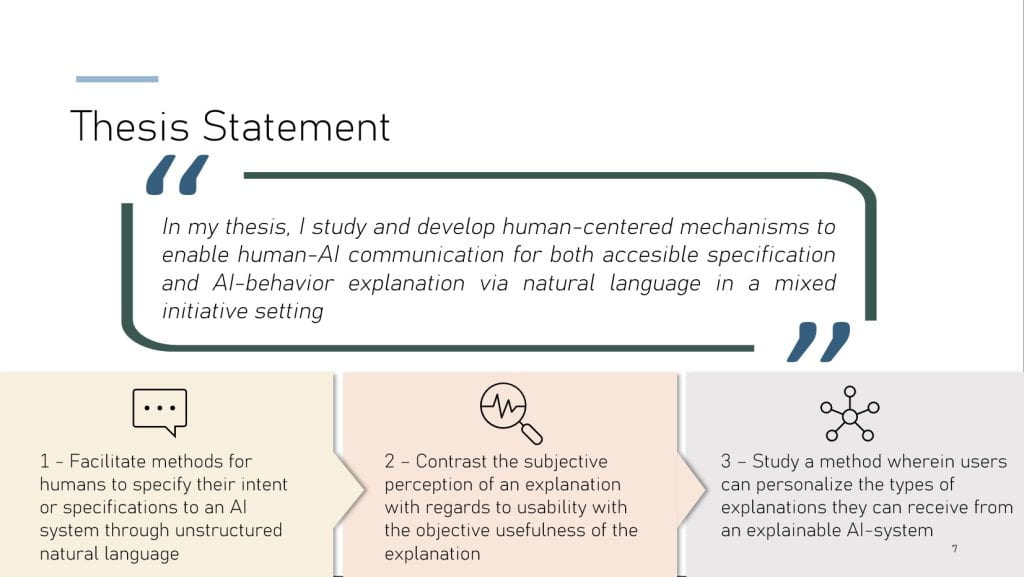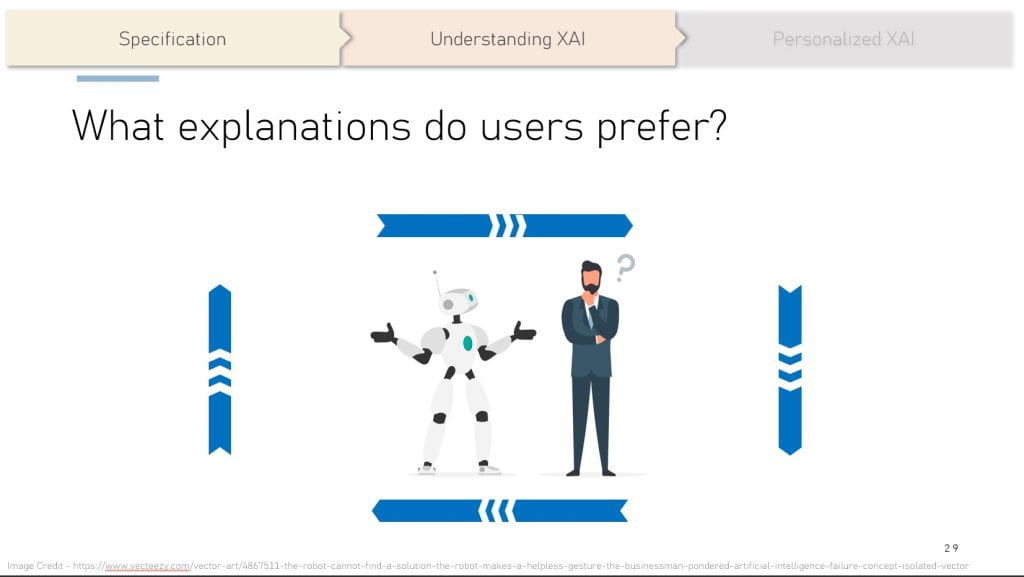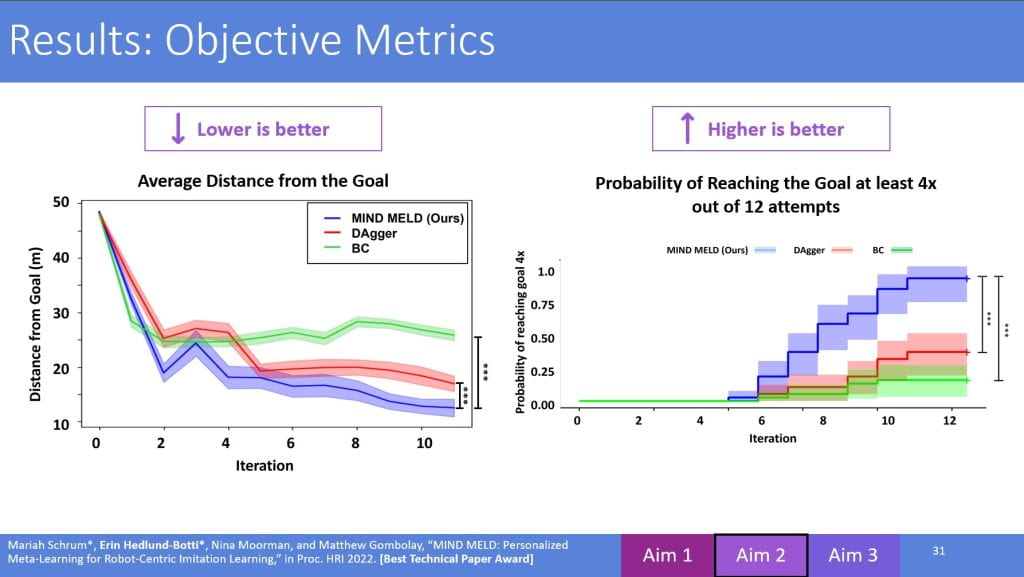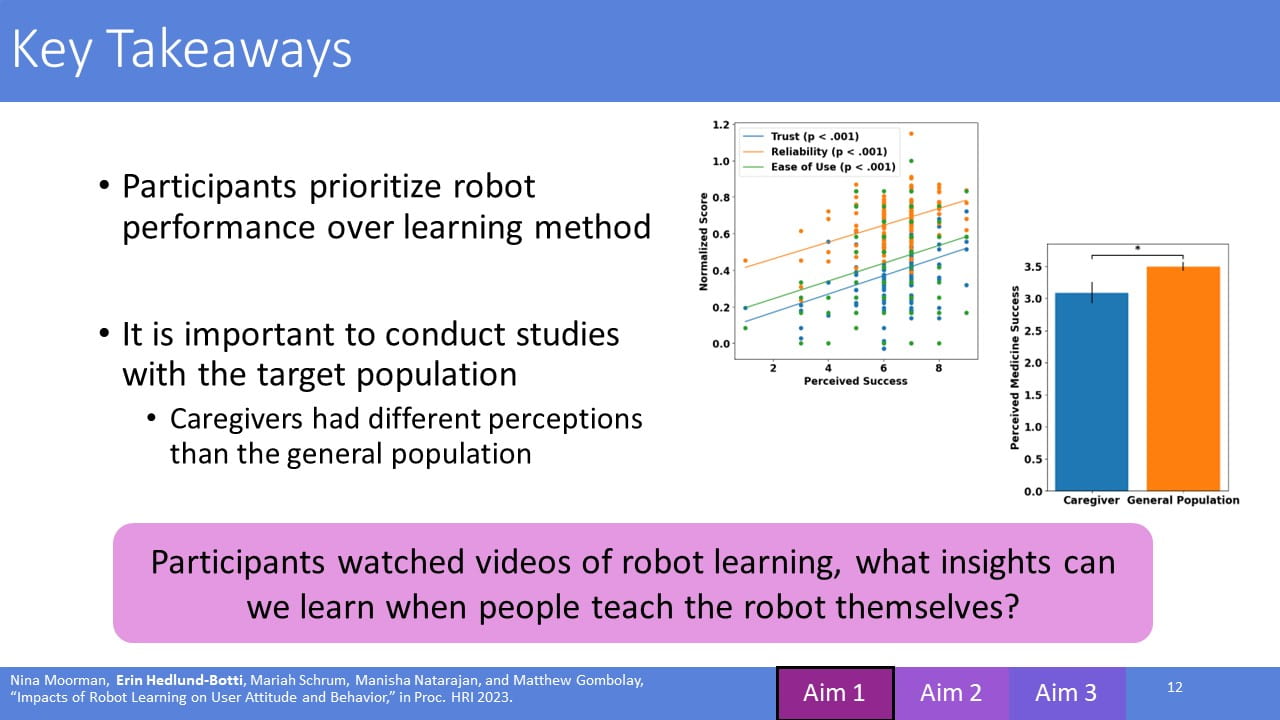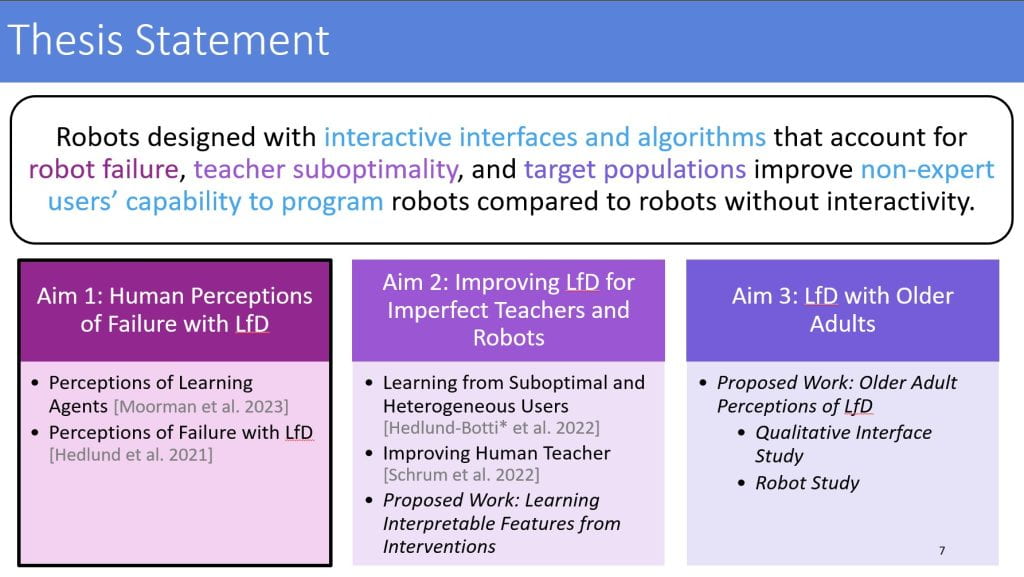By Minwoo Cho and Zixuan Wu
Writing academic papers is an important milestone in your PhD studies. While having clear problem statements and novel methodologies is essential, don’t forget the importance of readability and clarity in your writing! If your text is tough to read, overly repetitive, lengthy, or demanding to understand, it can undermine the integrity and importance of your findings. Sadly, a lack of editing is a common reason for rejecting articles.
This blog is a guide to shed light on some common yet often overlooked mistakes in writing. Our editing tips will help readers understand your articles more easily. Please remember that these tips cover only a tiny fraction of what it takes to write intelligibly. Instead, we have focused on what we have seen are commonly missed opportunities to enhance technical writing in our fields of academic study.
If you have alternative perspectives, questions, or suggestions for us, please contact us through this form.
With that out of the way, Let’s dive in!
1. Contractions and Abbreviations
Contractions and abbreviations are linguistic shortcuts that help us make our communication more efficient by shortening words or phrases. Contractions are formed by merging two words into one, dropping some letters, and replacing them with an apostrophe. Abbreviations are shortened words or phrases, usually created by omitting one or more letters from the original term.
In formal academic writing, it’s important to avoid using contractions; thus, instead of using “don’t” or “won’t,” we should write “do not” or “will not” in full. This blog isn’t formal, so we are gladly using contractions!
As for abbreviations, consistency is key. Once you’ve shortened a term, stick with the same abbreviation throughout your paper to avoid confusion. Additionally, we should pretend the explanation is not in the abstract when we refer to the concept in the main body of the paper. This means redefining any abbreviation the first time it appears in the text, although it was defined in the abstract.
2. Personal Pronoun
When writing academic papers, we recommend avoiding “I” and “you” and opting for “we” instead. This choice helps maintain an impersonal tone by avoiding direct references to the author. The use of “we” may also increase the reader’s feeling of being included in the narrative, which can be powerful.
3. Ambiguous Reference
We need to ensure that the attributive clause linked to the described object remains clear such that readers can easily identify which part the pronoun is referring to. Otherwise, readers might misunderstand the intention of your sentence and need to review the sentence several times for clear comprehension.
For instance, consider the sentence: “The neural network takes as input the words that are tokenized and outputs a label which is important. It is effective.” Here, we don’t know if the “which” refers to the “label” or the sentence. Similarly, readers may also be confused about what “it” means: the “neural network” or the “label.”
4. Restrictive or Non-restrictive Clauses
Regarding restrictive and non-restrictive clauses, we usually distinguish them according to commas. We should not offset restrictive clauses by commas, while non-restrictive clauses are offset by commas. Let’s focus on the next two examples.
- Ex 1) I ate my food, which was hot.
- Ex 2) The paper that I read yesterday was important for my project.
Example 1 includes the non-restrictive clause “which was hot”, which is not necessary but adds more information. We should use a comma to set off the non-restrictive clause. On the other hand, Example 2 involves the clause “that I read yesterday”. Identifying the paper without this information is difficult, so it is a restrictive clause. In this case, we do not offset the clause by commas.
5. Diction
Diction refers to the choice and use of words and phrases in speech or writing. It encompasses the style of language used by a writer or speaker and includes considerations such as vocabulary, syntax, tone, and level of formality. In academic writing, we should not use emotional language or the same word more than once per paragraph. Additionally, it is preferable to adopt a formal tone over personal expressions, such as “I think” or “I hope,” which can be replaced with more objective phrases like “We speculate” or “We hypothesize.” Meanwhile, alliterations, where words with the same initial sound are placed closely together, should also be avoided. For example, it’s advisable to avoid phrases like: “The theoretical framework facilitates fruitful findings.” or “The research results reveal remarkable achievements.’
Tips: Be aware that certain terms, such as “exhaustive”, may acquire technical meanings within academic contexts.
6. Oxford Comma
It is easy to overlook adding an Oxford comma when listing three or more items. But what exactly is the Oxford comma? By definition, it is a comma placed after the penultimate (second to last) item, just before “and” or “or”. Let’s see how the inclusion of the Oxford comma affects the meaning of a sentence with examples.
- Ex 1) I had eggs, toast and orange juice. (x)
- Ex 2) I had eggs, toast, and orange juice. (o)
Example 1 is the sentence without an Oxford comma. This sentence might be confusing, implying that “‘toast and orange juice” is a combined item. To prevent this ambiguity, it is recommended to use the Oxford comma, as can be seen in Example 2. The Oxford comma can more clearly indicate the separation between each item in the list.
7. Diverse Examples for Listing Items
This section builds upon the insights from the preceding section “Oxford Comma,” by exploring various methods of listing items. The goal is to enhance readability and make your writing more engaging. Choosing the right style to list stuff depends on the text’s overall tone, the need for clarity or emphasis, and the narrative’s rhythm or flow. Here are some useful examples for presenting items.
- Ex 1) The inputs were x, y, and z.
- Ex 2) The neural network’s inputs, x, y, and z, were big.
- Ex 3) The inputs are as follows: x, y, and z.
- Ex 4) The inputs follow: x, y, and z.
- Ex 5) The inputs are following: x, y, and z.
For example, Example 1 offers a clear and concise way to list item, when simplicity is key and no extra emphasis is needed. Example 2 is more appropriate when you intend to highlight the relevance of the listed items within the context of a sentence. It can also enhance the narrative without breaking the flow. On the other hand, Examples 3, 4, and 5 provide a structured format, making them suitable for texts where the list is a key focus or needs to stand out for instructional purposes. Among these, Example 5 implies a more narrative tone compared to the straightforward presentations seen in Examples 3 and 4.
8. Referencing Tables, Figures, or Equations
When navigating academic papers filled with numerous figures, tables, and equations, pinpointing precise references can become a challenge. If these references are unclear, it can undermine the clarity of the document. To mitigate this issue, adopting a numbered format for such references can greatly enhance this clarity. Below are a couple of examples to illustrate this point more plainly.
- Ex 1) The equation below is solved using Lagrangian optimization. (x)
- Ex 2) Equation 1 is solved using Lagrangian optimization. (o)
In Example 1, it might be tricky to determine which equation is referred to, especially if there are several equations following the statement. However, if you use the numbered format like Example 2, readers can clearly identify the reference of the equation.
Tips: Do not use definite articles, such as “a” or “the”, before numbered elements as they are already proper nouns.
9. Delete Redundant Propositions
What are your thoughts on using redundant propositions? Although they are grammatically fine, they can unfortunately make sentences more verbose, as seen in Example 1.
- Ex 1) We used a neural network and a computer. (x)
- Ex 2) We used a neural network and computer (o)
- Ex 3) We used a neural network and the computer (o)
To make your sentences more concise, it’s best to avoid repeating the same propositions in a list. By removing the redundant “a” before “computer” in Example 2, the sentence becomes more streamlined. However, it is perfectly fine to use different propositions, like “a” and “the,” within the same sentence, as shown in Example 3.
10. Connective Words
The appropriate use of connective words is a key rule to keep in mind when linking ideas in writing. If you intend to connect two clauses within a sentence, utilize coordinating conjunctions– often remembered by the acronym FANBOYS (for, and, nor, but, or, yet, so). However, if you aim to connect them in separate sentences, employ conjunctive adverbs like however, additionally, nonetheless, and so on. Here are a few examples to describe this distinction.
- Ex 1) We used a neural network, and we built a computer.
- Ex 2) We used a neural network. However, we built a computer.
- Ex 3) We used a neural network; however, we built a computer.
Example 1 illustrates the use of a coordinating conjunction to connect two clauses within a single sentence. On the other hand, a conjunctive adverb is used to connect two separate sentences in Example 2. For your information, semicolons can combine two closely related sentences into one, as shown in Example 3.
11. Similar Word Pairs
Grasping the subtle differences between similar word pairs can enrich your writing greatly. Here, we explore two commonly confused pairs: “like” versus “such as” and “i.e.” versus “e.g.”
- Ex 1) We can do a procedure, [like or such as] gradient descent.
The choice between “like” and “such as” in Example 1 depends on what you wish to convey. If you are suggesting that the procedure is similar to or resembles gradient descent, then “like” is the better fit. However, if gradient descent is a specific example of the procedures you are mentioning, choose “such as” instead of “like”.
- Ex 2) After work, I will eat dinner at that new dining hall, i.e., North Ave Dining Hall.
- Ex 3) After work, I will eat dinner at a dining hall, e.g., North Ave Dining Hall or Brittain Dining Hall.
We can understand the difference between “i.e.” and “e.g.” with Examples 2 and 3. The abbreviation, “i.e.,” (id est) translates to “that is” or “in other words,” helping you specify or clarify exactly what you are talking about. So when we use, “i.e.,” in our sentence, we are pointing out the specific dining hall we mean. In contrast, “e.g.” (exempli gratia) means “for example,” which allows us to list multiple dining options without suggesting that our list is complete.
12. Comma after Infinitive Phrases
When starting a sentence with infinitive phrases, we may be curious about whether a comma is necessary afterward. But remember to check the following rule before you intuitively answer “yes” to this question! In an infinitive phrase that has three words or fewer, we don’t need a comma afterward. For example, in the sentence “To feel rested, we sleep,” we don’t need the comma after the infinitive phrase. Just write it as: “To feel rested we sleep.”
Tips: We would encourage you to write more simply by instead changing this example to “We sleep
to feel rested.”
